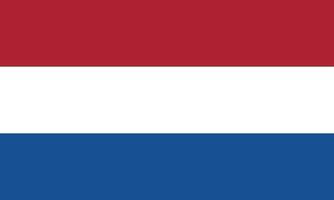Who we are
Patient Cohort
and Biobank
The first step to building a ME/CFS research infrastructure is to set up a patient cohort and biobank. The patient cohort and biobank will ensure high-quality patient data are collected and made available for multidisciplinary biomedical research both within the consortium and internationally.
Background
What exactly is a patient cohort and biobank?
A patient cohort describes a group of people who have something in common, such as a certain disease or condition. This group of patients is studied together so researchers can learn more about the condition. Patients in a cohort participate in research by taking specific medical tests, filling out questionnaires, and providing biological samples like blood and saliva. These samples can then be stored in a biobank.
A biobank is like a library, but instead of books, it stores biological samples, such as blood, saliva, or DNA, from patients or participants in research. These samples are carefully preserved and catalogued for use in ongoing and future research. By studying these samples and comparing them to those of healthy individuals, researchers can discover more about diseases, how they progress, and how different people might respond to treatments. This may lead to new medical breakthroughs.

NMCB
NMCB Patient cohort and Biobank
The NMCB patient cohort will include:
- ME/CFS patients
- Patients with other post-infectious syndromes (such as long-COVID and Lyme disease)
- Healthy individuals
NMCB aims to connect research on ME/CFS with other syndromes that share similar symptoms and impacts, such as long-COVID, Lyme disease and the long-term effects of Q-fever. This will be done partly by collaborating with existing cohorts and biobanks.
NMBC Cohort composition:
750 ME/CFS patients
75% ambulatory
25% bed and housebound
450 Healthy persons
Demographically and geographically matched
350 Clinical audits
MS patients (30%) and PAIS (70%)
(Q fever, Lyme)
550 post-COVID patients
75% ambulatory
25% bed and housebound
Young adult cohort
280 young adults
180 matched checks
Our roadmap:
We use two different types of icons here. We have the house, which means this step can take place at home. And the hospital, meaning that this step takes place in the hospital. Steps 2 and 3 can take place at home for (very) severe ME/CFS patients.
1
Medical screening
or
2
Physical examination
3
Biological samples
4
MRI scan
5
Cognitive test and medical questionnaires
Patients will participate in all or a selection of the following tests, depending on their mobility. The NMCB patient cohort will include:
1Initial medical screening
First, patients will undergo an initial screening process by completing various medical questionnaires and sharing their medical history. This will enable the NMCB team to identify eligible patients who can participate in the NMCB patient cohort.
2Physical exams:
A general physical examination will take place, including measurements such as height, weight, blood pressure, pulse rate and pulse oximetry. Additionally, several assessments will be performed, ranging from cardiovascular measurements to neurological and assessments on pain threshold.
3Biological samples:
Blood samples, urine, nasal swabs, faeces samples and saliva samples will be collected.
4MRI scan:
Some patients will undergo an MRI scan.
5Cognitive test and medical questionnaires:
Patients will take the Amsterdam Cognition Scan and complete additional questionnaires on symptoms, functioning, quality of life, and sleep.
